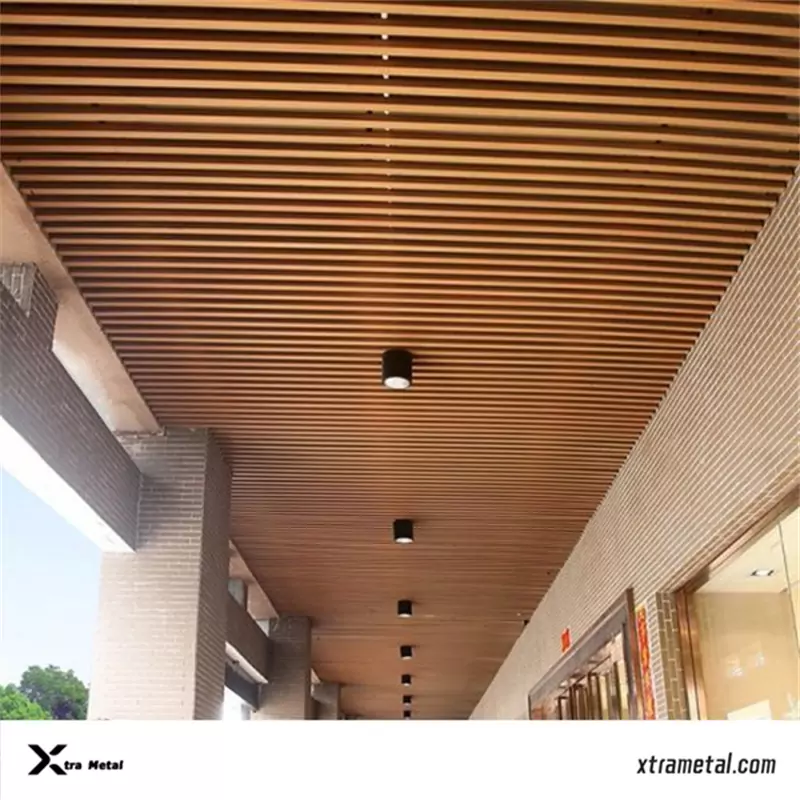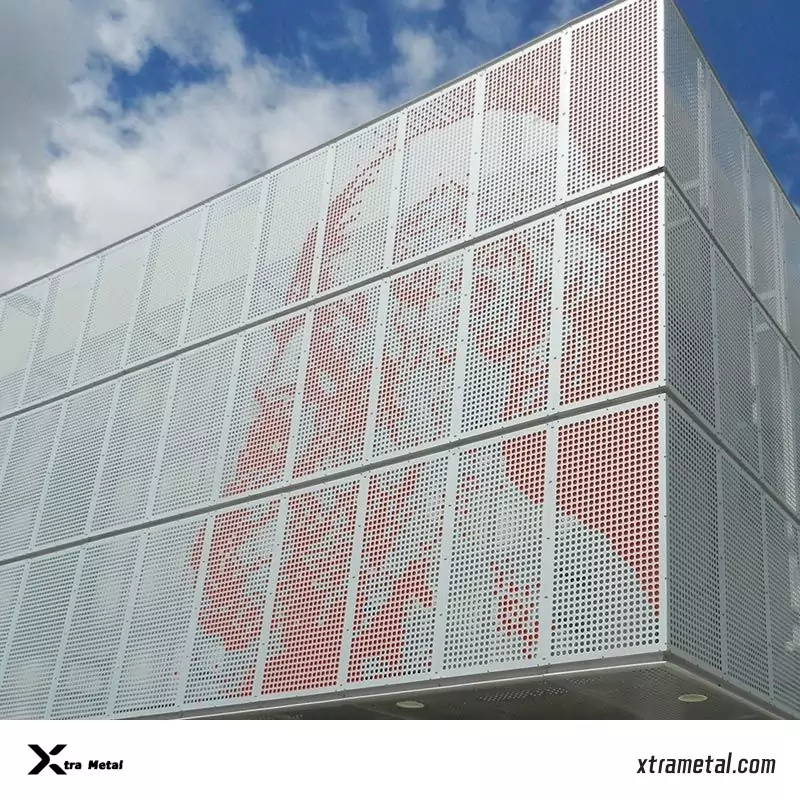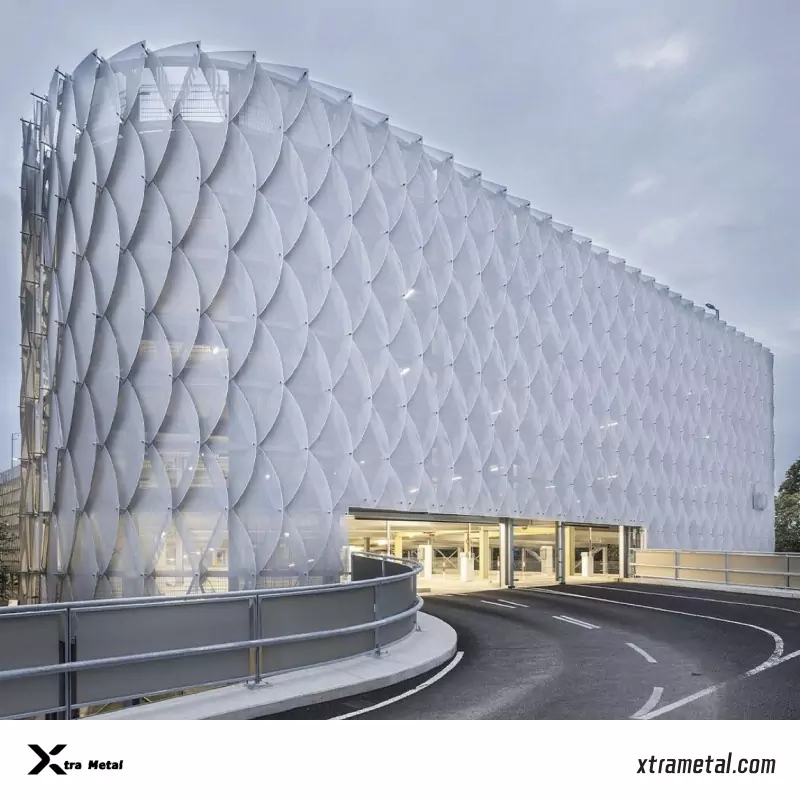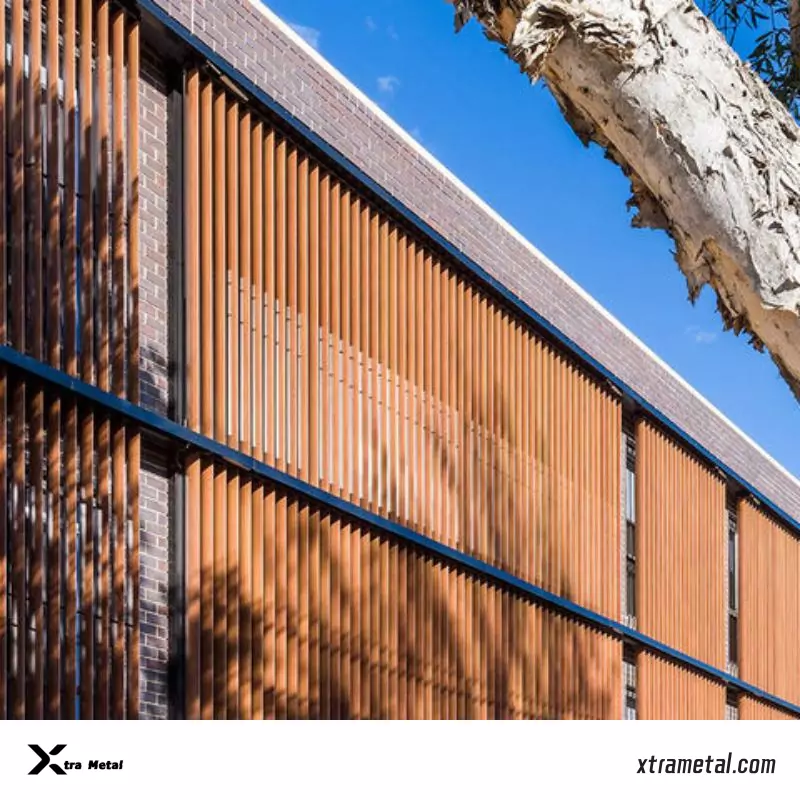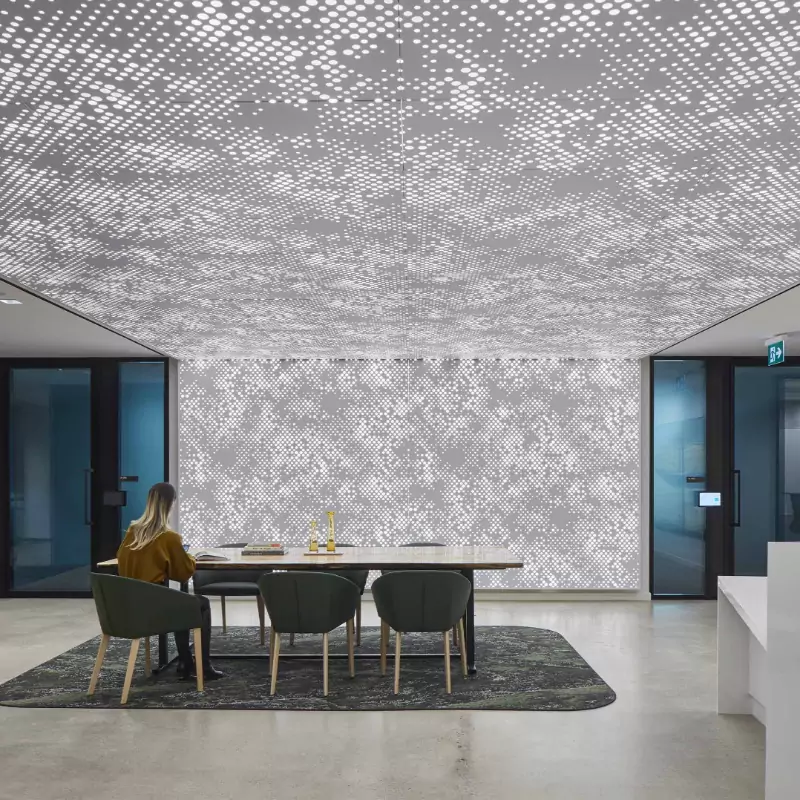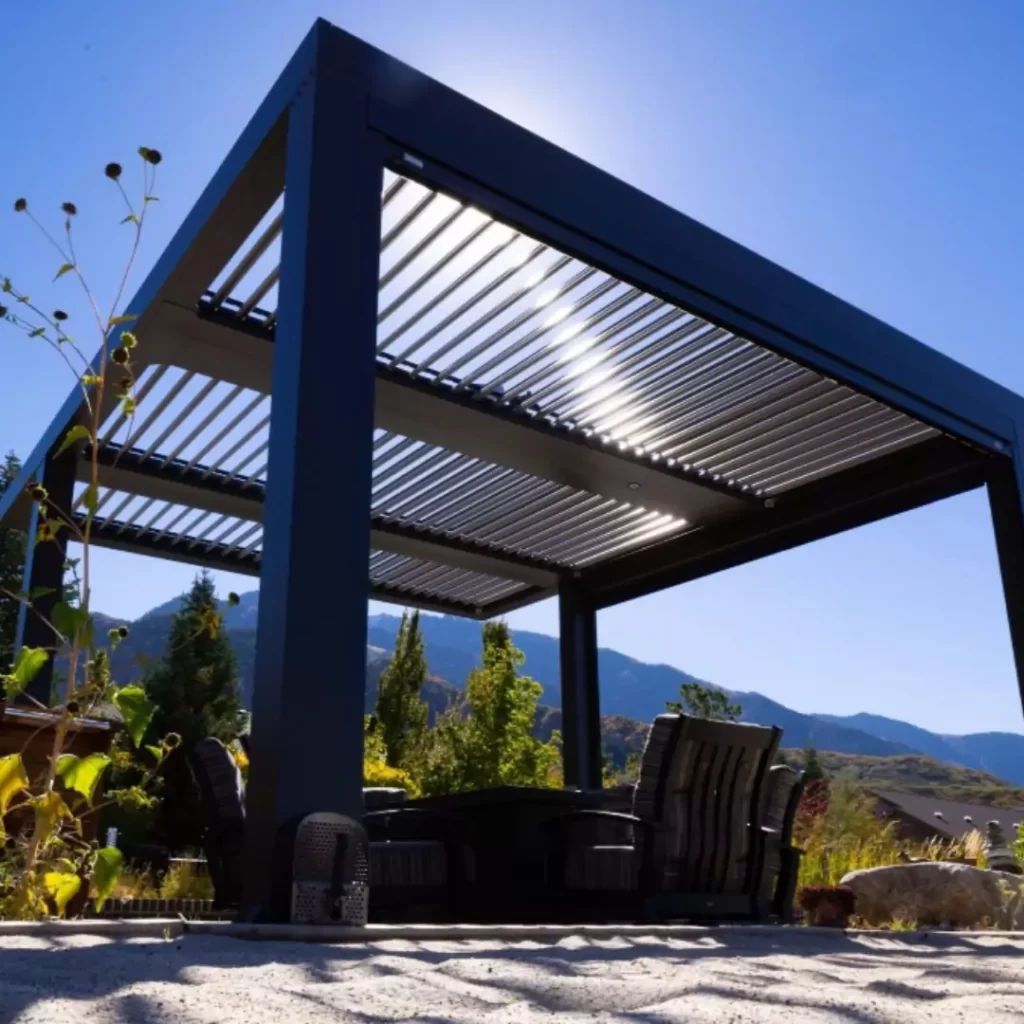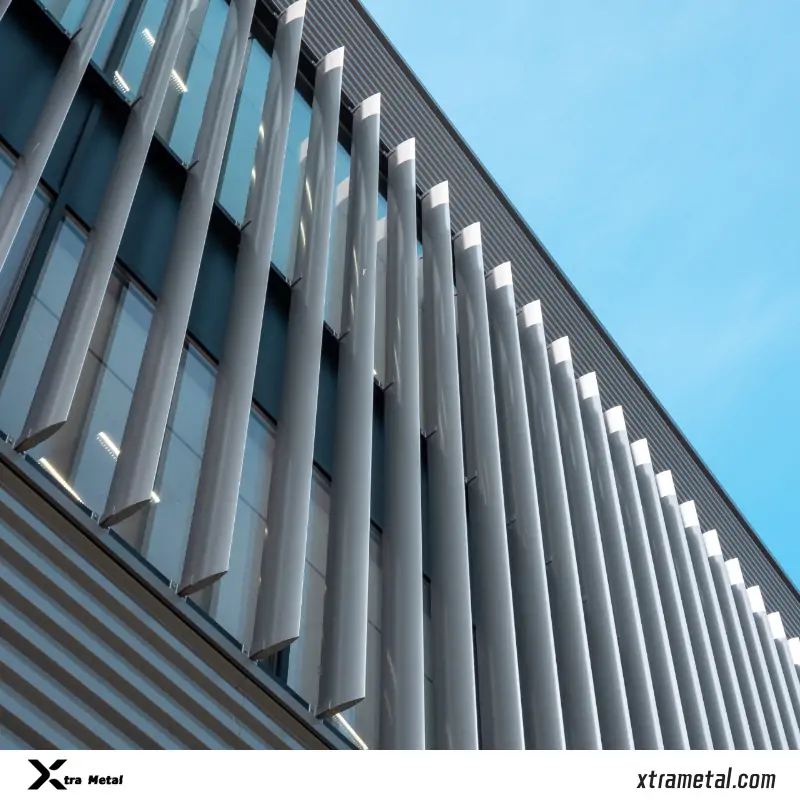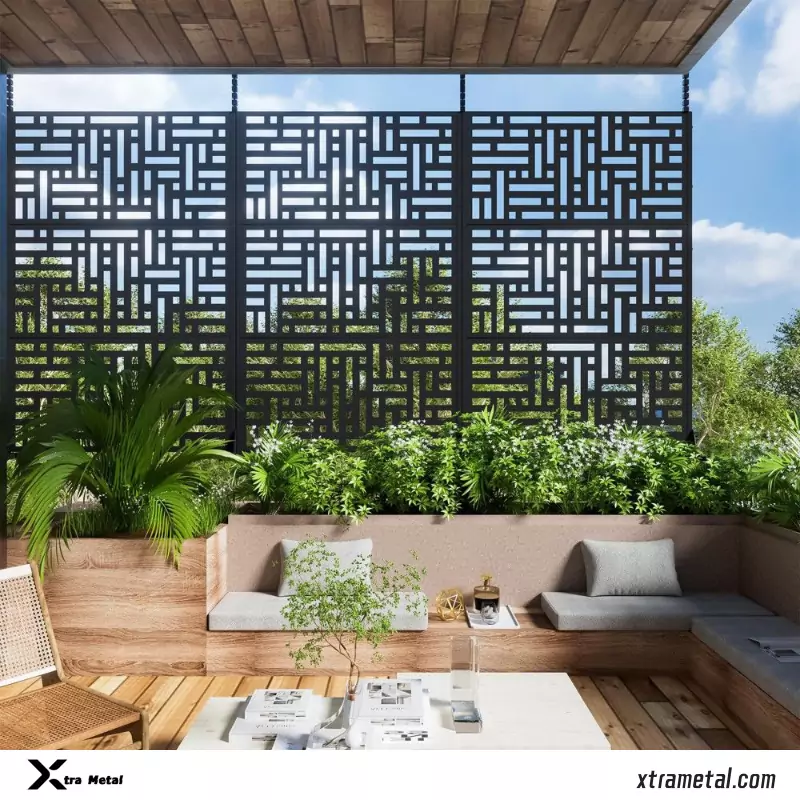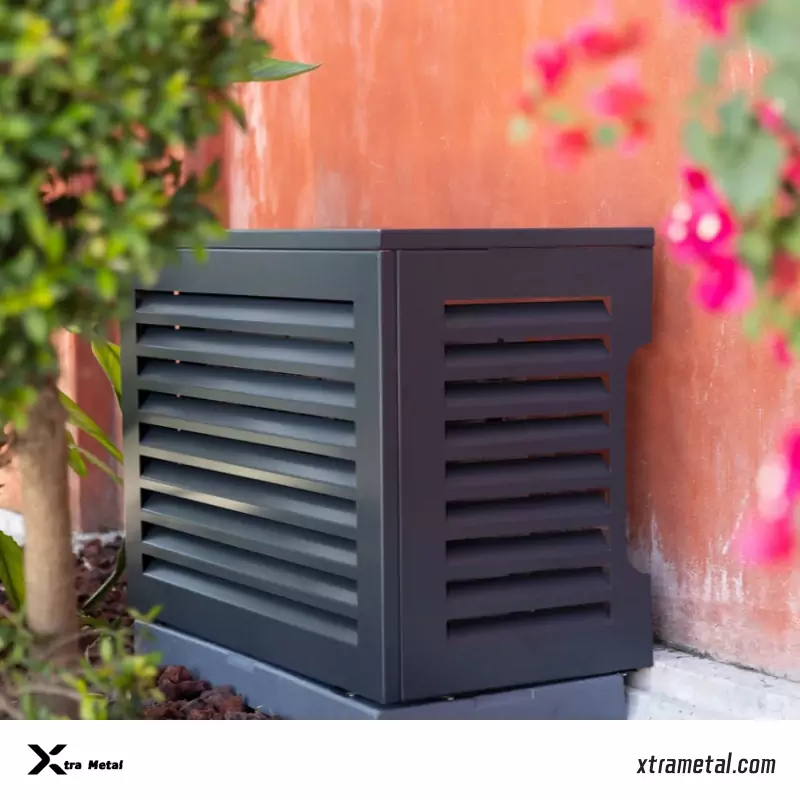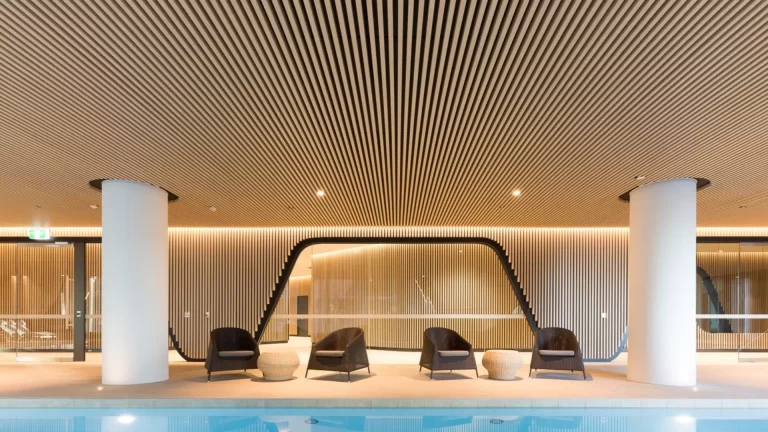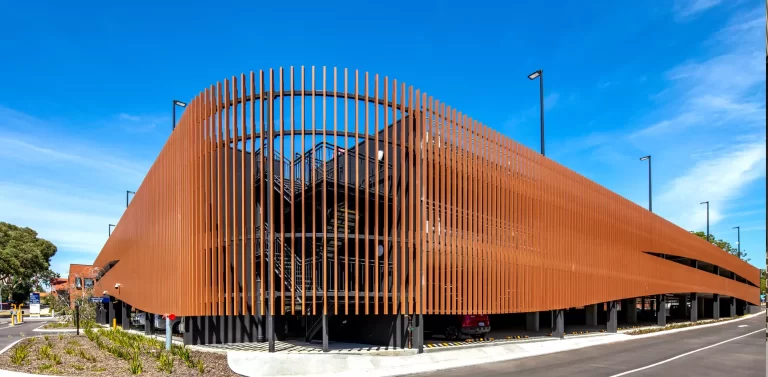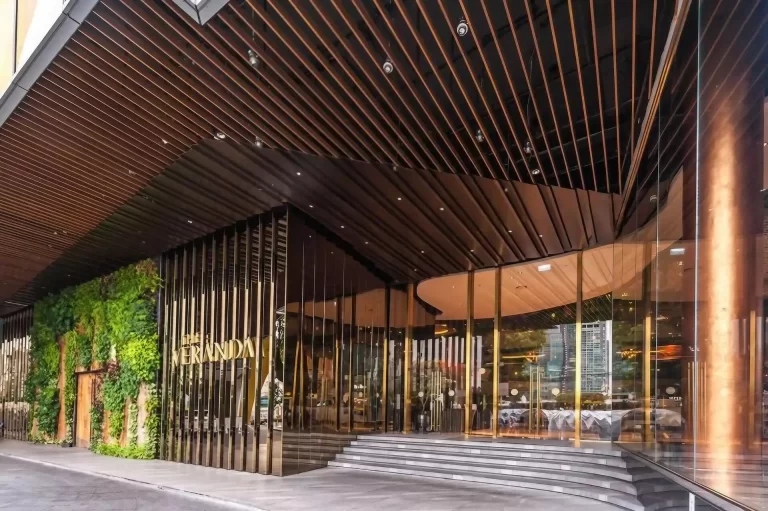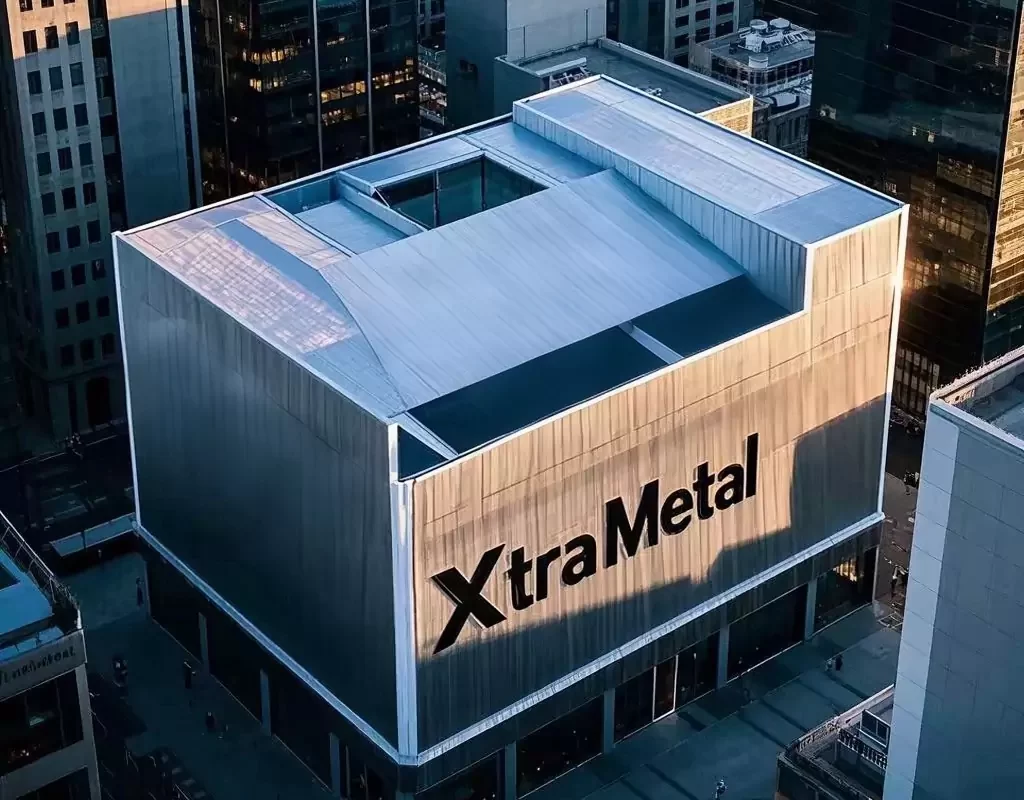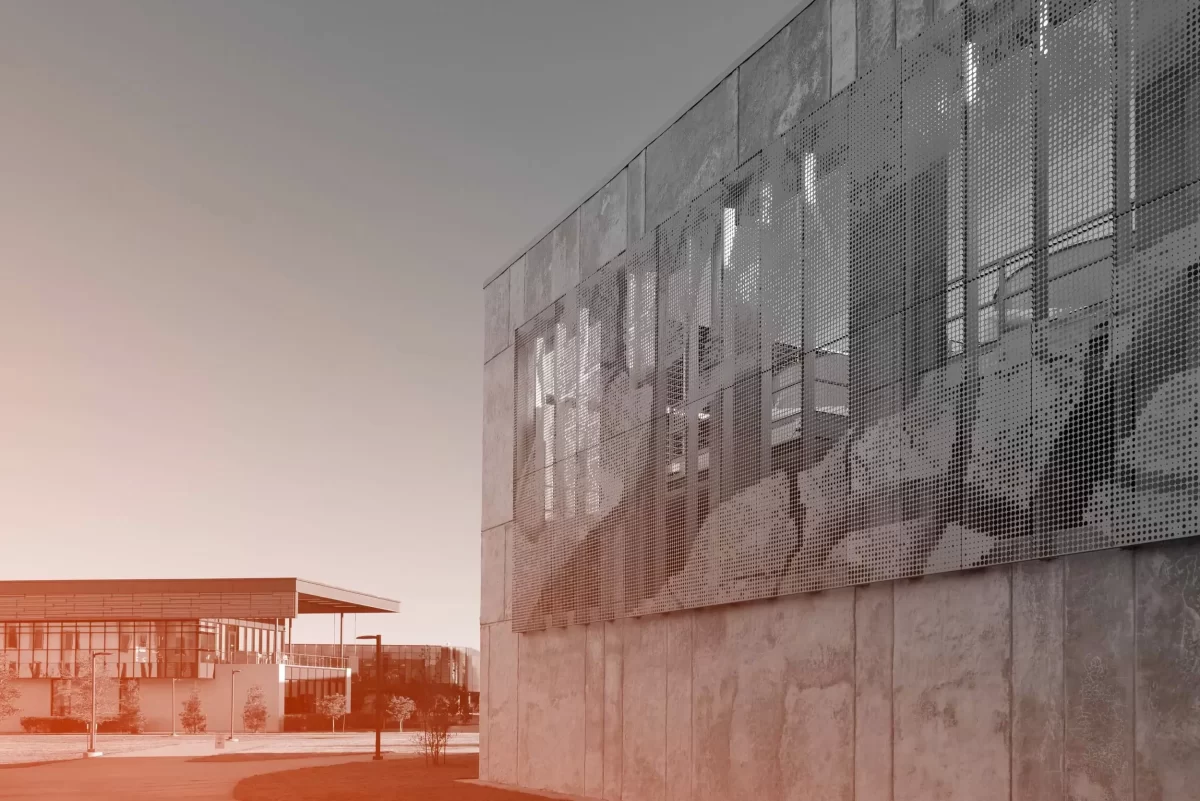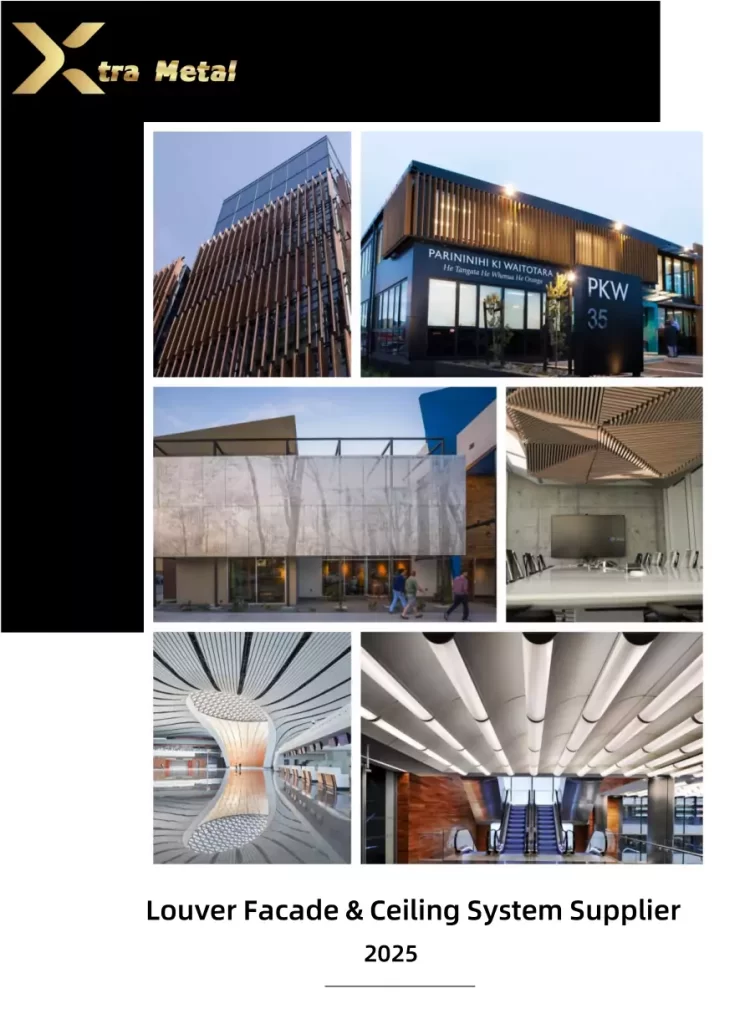Selecting the right siding for your home or project is a big decision. Aluminum and vinyl are both popular, durable siding materials, and both offer advantages and disadvantages. When choosing the best option, consider cost, appearance, durability, energy efficiency, and maintenance needs.
What is Aluminum Siding?
Aluminum siding is a thin sheet made of aluminum alloy used as exterior cladding for homes or buildings. It is known for its durability, low maintenance, and modern feel.
Modern aluminum siding can be designed in a variety of colors and textures, and is generally treated with a weather-resistant powder coating, which greatly enhances its ability to resist fading, scratches, and severe weather, effectively protecting the building structure. It is known for its durability, low maintenance, and modern feel.
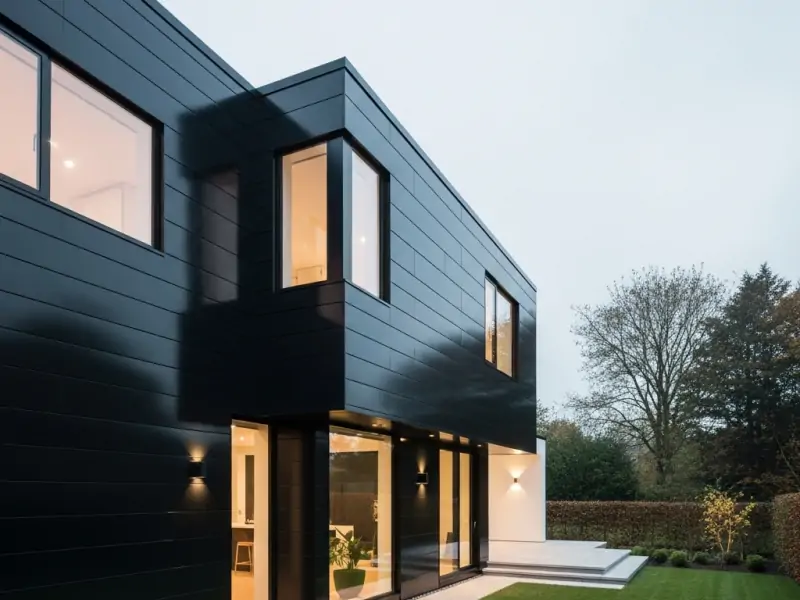
Types and Styles
Aluminum siding offers flexibility for various architectural designs:
Horizontal Lap Siding: The most traditional style, long panels are installed horizontally, overlapping each other.
Vertical Siding: These panels run up and down, providing a different visual effect, often used for accent or modern designs.
Textured Finishes: Like Driftwood, offering a wood-like appearance.
Smooth Finishes: For a clean, contemporary aesthetic.
What are the advantages of aluminum siding?
Durability: Lasts 20–40 years, Resistant to rot, pests (such as insects), and moisture. It also holds up well in extreme temperatures.
Fire Resistance: Non-combustible, making it safe for fire-prone areas.
Recyclability: 100% recyclable, aligning with sustainable building goals.
Leve: This makes transportation relatively easy and can simplify the installation process
Weather Resistance: Handles extreme cold and salty coastal air effectively.
What are the disadvantages of aluminum siding?
Denting and Scratching: Prone to visible damage from impacts.
Maintenance: May require repainting every 10–15 years due to fading or chipping.
What is Vinyl Siding?
Vinyl siding is a plastic exterior cladding made from polyvinyl chloride (PVC) resin, used for decoration and weatherproofing. It mimics wood clapboard, batten board, and shakes. According to Wikipedia, it became the most common siding in the United States and Canada.
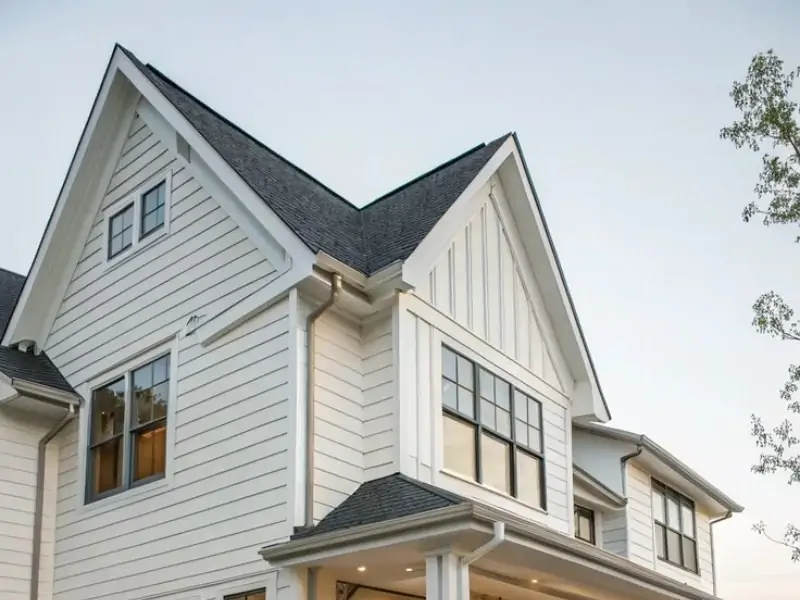
Types and Styles
Vinyl siding is known for its design versatility:
- Clapboard: Classic horizontal siding resembling wood.
- Dutch Lap: Notched panels for a distinct shadow line.
- Board and Batten: Vertical panels for a rustic look.
- Cedar Shake: Imitates real cedar for a textured appearance.
- Log Vinyl: Mimics log cabin siding for a unique aesthetic.
What are the advantages of vinyl siding?
- Low Cost: Generally speaking, vinyl is one of the most affordable siding options, both in terms of material and installation.
- Minimal Maintenance: This is a big plus. Vinyl siding does not need to be painted because the color blends naturally into the material. Cleaning usually requires only a simple wash.
- Wide Design Options: It comes in a wide range of colors, and because the color is mixed into the PVC resin, it tends to have good resistance to fading
What are the disadvantages of vinyl siding?
- Extreme Climate Performance: May soften or deform at high temperature, and Weak impact resistance (hail or hard objects can easily cause cracks), Replacement of the demand adjustment plate after rupture
- Environmental Impact: Not easily recyclable, produces toxic byproducts when burned.
Vinyl siding vs. Aluminum siding: A Comparative Analysis
Aluminum and vinyl siding both have key differences, each of which serves a different purpose and meets different environmental demands. Some of the distinct differences you must note are the following:
Cost Analysis
Initial Purchase Cost: Aluminum is slightly cheaper on average at $11,750 compared to vinyl’s $12,200.
Installation Expenses: Aluminum’s weight increases labor costs due to the need for skilled installers. Vinyl’s lightweight nature makes installation easier and potentially cheaper.
Long-Term Costs: Vinyl’s minimal maintenance saves on upkeep, while aluminum may require periodic repainting.
Aluminum siding cost vs. Vinyl siding cost:
| Aspect | Aluminum Siding | Vinyl Siding |
| Average Cost | $11,750 | $12,200 |
| Cost Range | $4,500–$19,000 | $6,375–$18,250 |
| Cost per Sq. Ft. | $3–$7.25 | $3–$12 |
| Insulated Cost | Not specified | ~$14,000 |
Durability and Longevity
Lifespan: Aluminum lasts 20–40 years, potentially over 50 with care. Vinyl lasts 40+ years in mild climates, but less in harsh conditions
Weather Resistance: Aluminum excels in extreme cold and coastal areas but is prone to denting. Vinyl resists moisture but may crack in very cold temperatures.
Damage Susceptibility: Aluminum dents and scratches show raw metal, while vinyl’s color goes through, hiding scratches but risking cracks.
Maintenance Requirements
Cleaning: Vinyl requires simple hosing with mild detergent. Aluminum may need scrubbing to remove chalky residue.
Repairs: Vinyl panels are easily replaced; aluminum dent repairs are more complex.
Painting: Aluminum may need repainting every 10–15 years; vinyl retains color without painting.
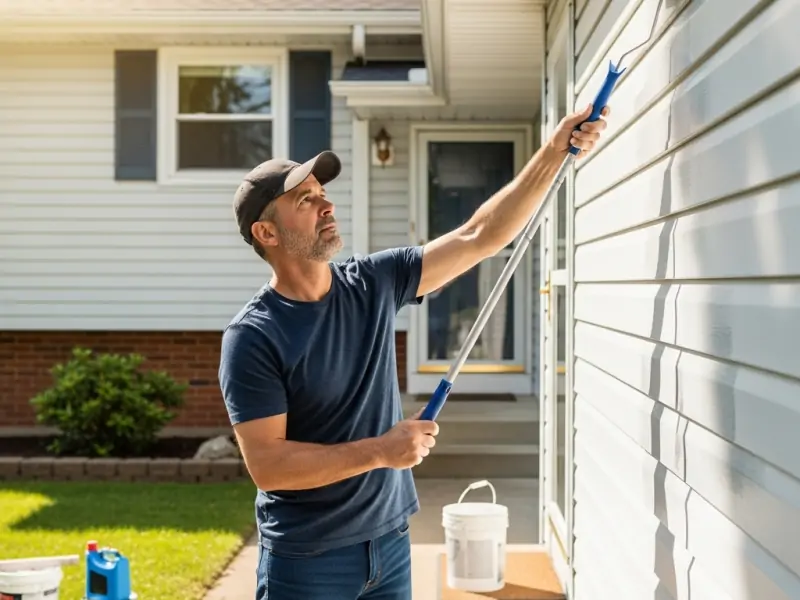
Design and Style Options
Both aluminum and vinyl siding offer a variety of design styles to suit different architectural aesthetics and functional needs.
For aluminum siding, the most common styles include horizontal lap, vertical panel, and shake/shingle designs, which provide a durable and modern appearance.
In contrast, vinyl siding’s most popular styles are Dutch lap, insulated, and scalloped shingle designs, as they deliver a cost-effective yet visually appealing finish with low maintenance requirements.
Installation and Painting
DIY vs. Professional:
The strength of the steel material, the reliability of the equipment required at the same time, the strength of the equipment that increases, and the quality of the equipment that meets the demand. However, the weight of the material and the weight of the material are the same.
Painting :
Can you paint aluminum siding? Of course, either material is straightforward with proper preparation:
- Clean the surface thoroughly.
- Apply a suitable primer (metal for aluminum, vinyl-specific for vinyl).
- Use high-quality exterior paint for even coverage.
Here‘s the video about: How to Tell the Difference Between Aluminum and Vinyl Siding?
Which one is better? Aluminum siding is still the choice for most residential and commercial buildings due to its advantages such as light weight, durability, rust and insect resistance, and easy maintenance.
You can contact us to consider the options we have to offer. We provide multi-species design, ensuring consistent demand and provision of fixed and durable solutions.
How to Choose the Best Siding for Your Project?
What are the different types of siding? In addition to aluminum siding and vinyl siding, there are also the following popular sidings:
Vinyl: Lowest price, maintenance-free, short lifespan (20-40 anos), flammable, and prone to cracking at low temperatures.
Wood: Natural texture can be renovated, requires maintenance every 3-5 anos, easy to decay and rot, high cost.
Engineered Wood: Imitation wood is moisture-proof and has a good price, but the joints are prone to absorbing water and still need to be painted regularly.
Aluminum: Corrosion resistance/fireproof/dents can be repaired, professional installation is required
Fiber Cement: Fireproof imitation stone, extremely heavy and difficult to install, high risk of water absorption and freezing cracking.
Brick: 100-year lifespan and zero maintenance, highest price, requires foundation reinforcement.
Stone: Luxurious appearance, disaster-resistant and permanent lifespan, high cost, requires professional construction.
Stone Veneer: Lightweight and affordable stone visual, lifespan is only 20 anos, and there is a high risk of leakage at the joints.
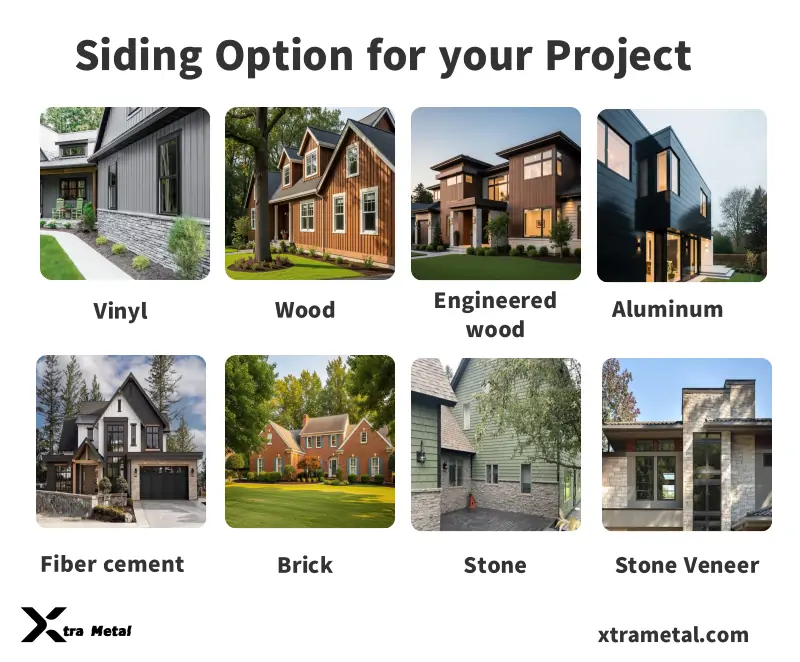
Choosing the right siding for your home or project requires a combination of factors, including climate conditions, budget, maintenance needs, aesthetic preferences, and durability. Here’s a step-by-step guide to help you make an informed choice:
- Durability: How long will it last in your project’s climate?
- Maintenance: Are you okay with occasional upkeep like repainting?
- Cost: Consider both initial and long-term expenses.
- Aesthetics: Does the siding match the project’s design vision?
- Energy Efficiency: Will it help reduce energy costs?
- Environmental Impact: Is sustainability a priority?
- Installation: Can it be installed efficiently within your timeline?
Our Recent Project

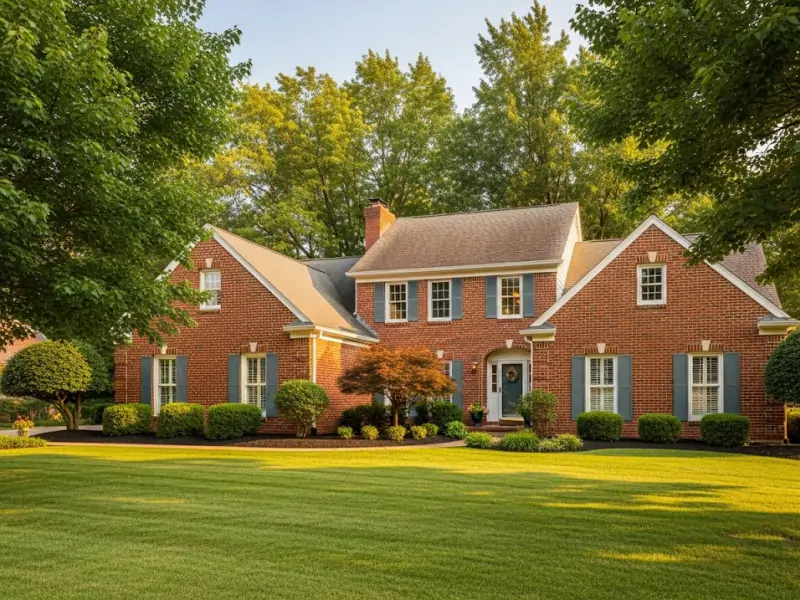
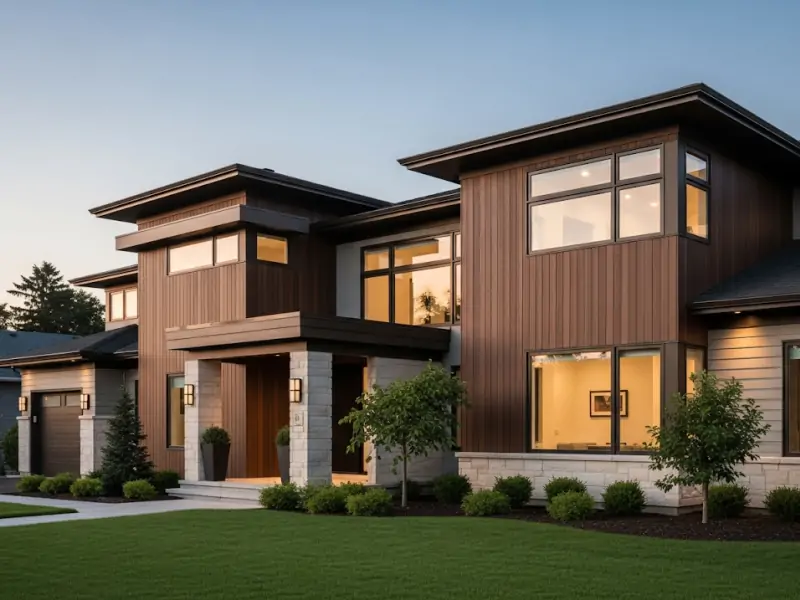
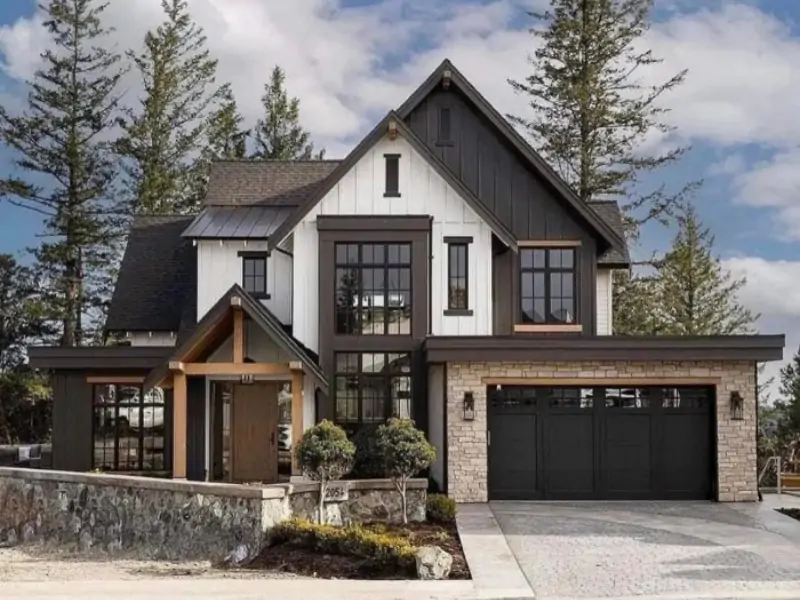
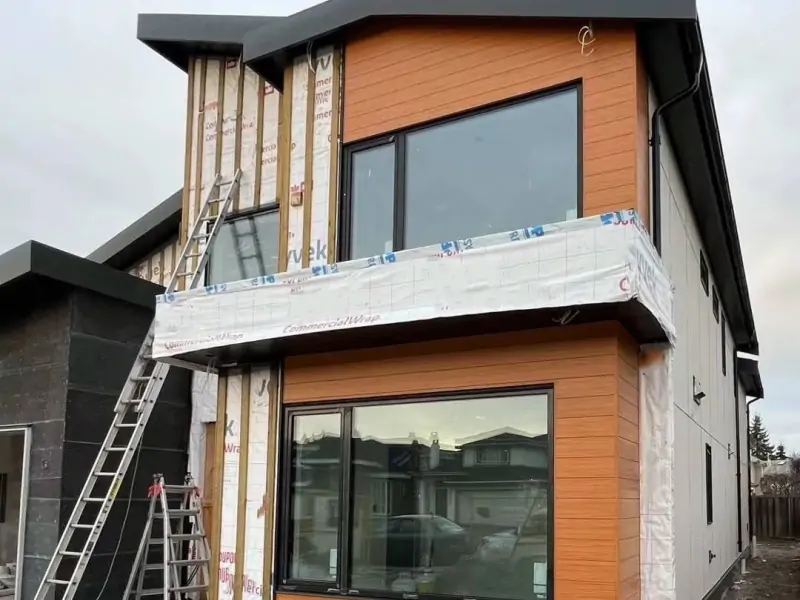
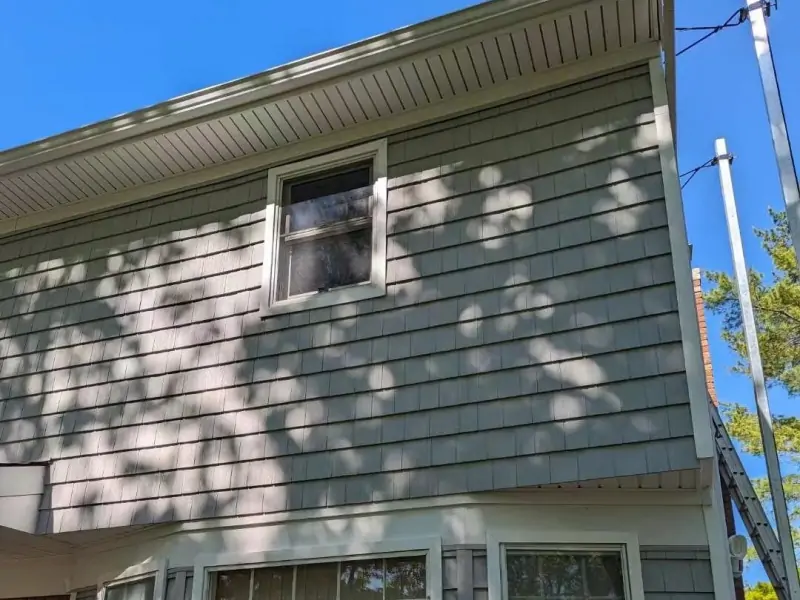
FAQ
Is aluminum siding better than vinyl siding?
It depends on your needs. Aluminum offers durability and fire resistance, ideal for extreme climates. Vinyl provides affordability and low maintenance, perfect for budget-focused projects.
Is aluminum siding good?
Yes, it’s durable, fire-resistant, and recyclable, making it excellent for harsh environments and sustainable projects.
What is the best replacement for aluminum siding?
Vinyl is a popular, cost-effective replacement due to its low maintenance. Fiber cement or wood siding may also suit specific needs.
Is painting aluminum siding a good idea?
Yes, painting refreshes its look and extends its life, but proper surface preparation and quality paint are essential.
How long does aluminum siding last?
Typically 20–40 years, but with proper care, it can last over 50 anos.
Conclusion
Aluminum and vinyl siding both offer compelling benefits for your projects. Aluminum excels in durability, fire resistance, and recyclability, making it ideal for coastal or fire-prone areas. Vinyl stands out for its affordability, low maintenance, and extensive design options, perfect for budget-conscious or style-focused projects.
- Budget-Conscious Projects: Choose vinyl for its low cost and minimal upkeep.
- Durability-Focused Projects: Opt for aluminum, especially in extreme climates or fire-prone regions.
- Climate-Specific Needs: Select aluminum for coastal areas due to its corrosion resistance or for very cold regions where vinyl may crack.
When choosing siding for your home or building, it is important to choose high-quality siding. You can contact us to consider the options we have to offer. With our wide selection of products, we are sure to have something to suit your needs.

